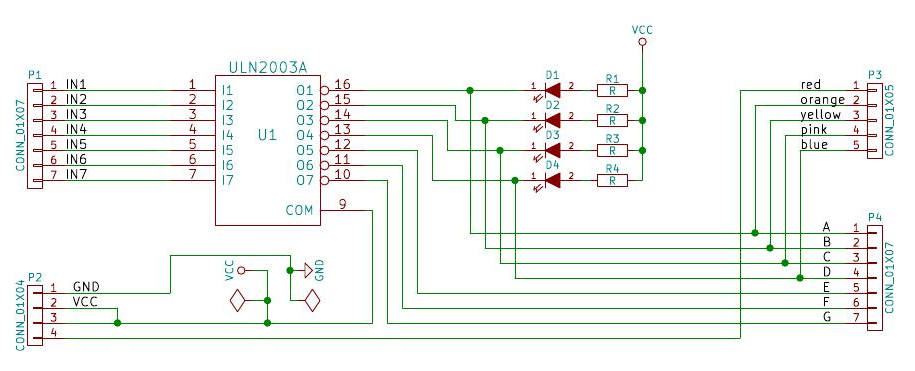@jangevaa
No.it is not fixed. Some Minutes ago i Made fresh Install and the list is empty.
It looks like the description I added to the plugins list made it invalid (use of colon), but that has been fixed...
No.it is not fixed. Some Minutes ago i Made fresh Install and the list is empty.
Last edited:

































![Craft A Brew - Safale BE-256 Yeast - Fermentis - Belgian Ale Dry Yeast - For Belgian & Strong Ales - Ingredients for Home Brewing - Beer Making Supplies - [3 Pack]](https://m.media-amazon.com/images/I/51bcKEwQmWL._SL500_.jpg)


























